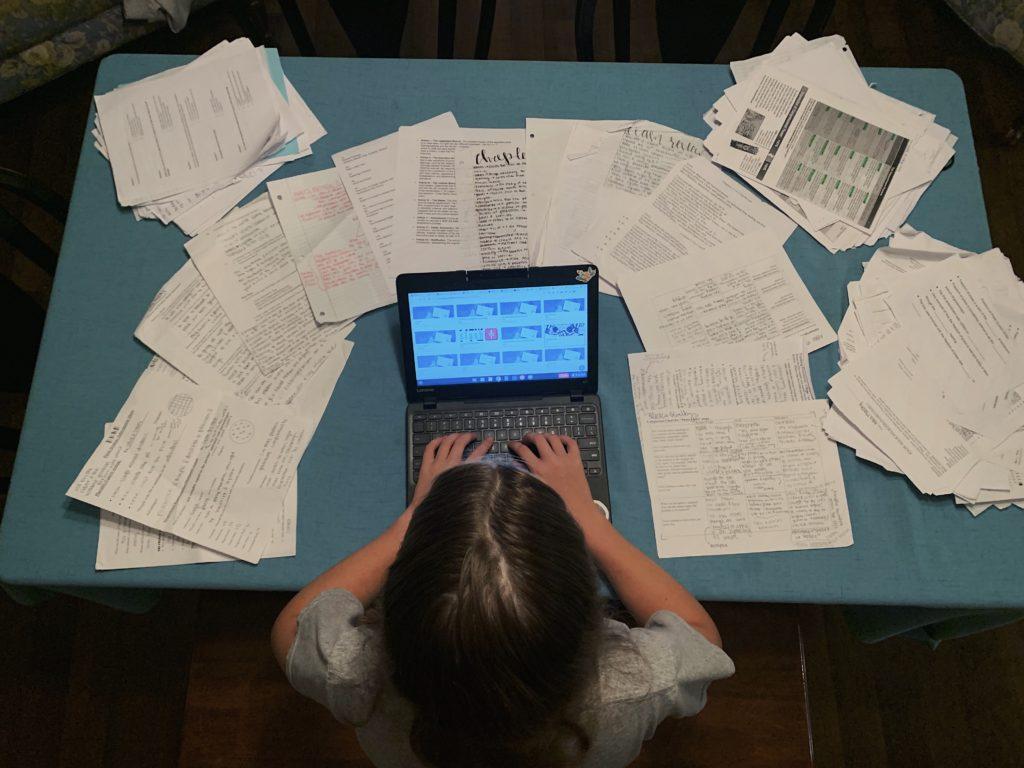BY ANNA MIALKY ‘(20)
Stress in schools is often overwhelming. Between family, friends and the anxiety that comes with being a teenager, often the addition of difficult assignments and tests can cause students unease and stress. At the high school, the staff has taken great steps in the direction of decreasing stress in schools. Despite this, mental illness that stems from being in a school environment has not yet been fully prevented though it can be by hiring those who are qualified.
Because of the extreme pressure that comes from being in a school setting, teachers and school staff members often feel obligated to aid their students and prevent mental illnesses surrounding school but they do not have the resources or knowledge to properly assist.
Students are constantly being told that if they are going through a hard time, their counselors are always there to talk. Unfortunately, although our counselors are hard workers, are dedicated to making the high school a positive environment, go through training, and overall significantly help our school, they are not qualified or educated to treat students suffering from mental illness.
Due to the fact that stress revolving education can lead to mental illness, it is apparent that some kind of change needs to be made in decreasing the workload for students while still obtaining a proper and rigorous education.
One solution the school is trying this year is the introduction of advisory period in an effort to contribute to creating a more positive school environment.
Advisory period, which gives students a small period of time once a month to get extra work done and a chance to connect to one teacher over the course of their GHS experience, is intended to slightly decrease the workload and allow for students to have at least one friendly face in the building.
This addition to the high school is showing promising results, but unfortunately, these small changes are helpful, but not the solution.
As our staff is not qualified to treat students with mental illness, the only logical solution is to hire someone who is. Although psychologists can be expensive, this appears to be the most, if not only, effective answer to the mental illness epidemic within our high school.
Although advisory period is a step in the direction of alleviating the pressure, a 30 minute period once a month can not completely cure stress. The solution can not come solely from the school administration.
In addition, to solve mental illness in schools, students must also take charge. Despite the fact that there is a lot the school administration can do to decrease the rising anxiety, it is also the responsibility of the student to properly take care of themselves and to find solutions that work for each individual.
By simply taking a few steps in the direction of living a healthy and organized school lifestyle, anxiety can be limited and potentially obliterated. Some of these ideas include properly managing time when doing work, avoiding distractions and procrastination, getting more sleep, lowering caffeine intake, and exercising. If done properly, all students have the opportunity to live a more fulfilled and calm life.
As students, we often blame others for our own anxiety. Although the school system can be a cause, students must ultimately put in an equal, if not more, effort as the staff. To limit each student’s anxiety revolving school, the school administration and students themselves must take action. It is only through collaboration that a positive school environment can be achieved.










































